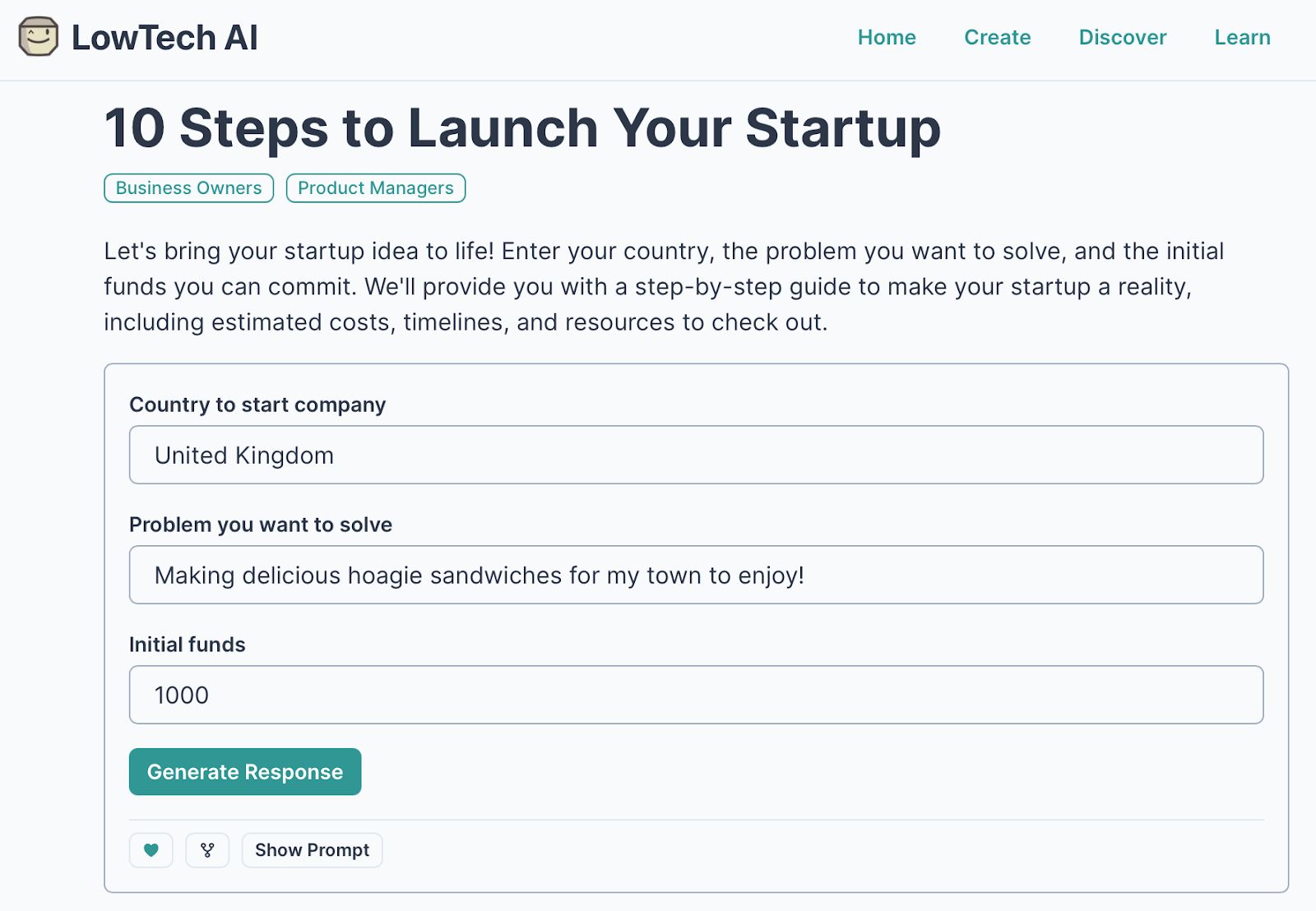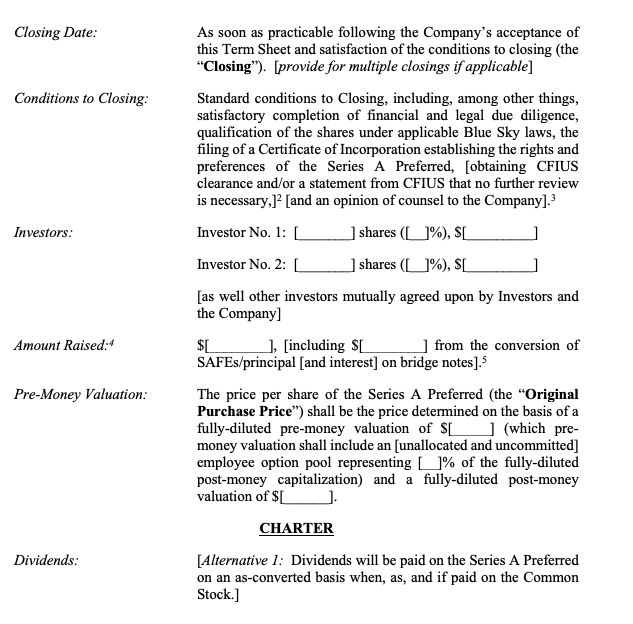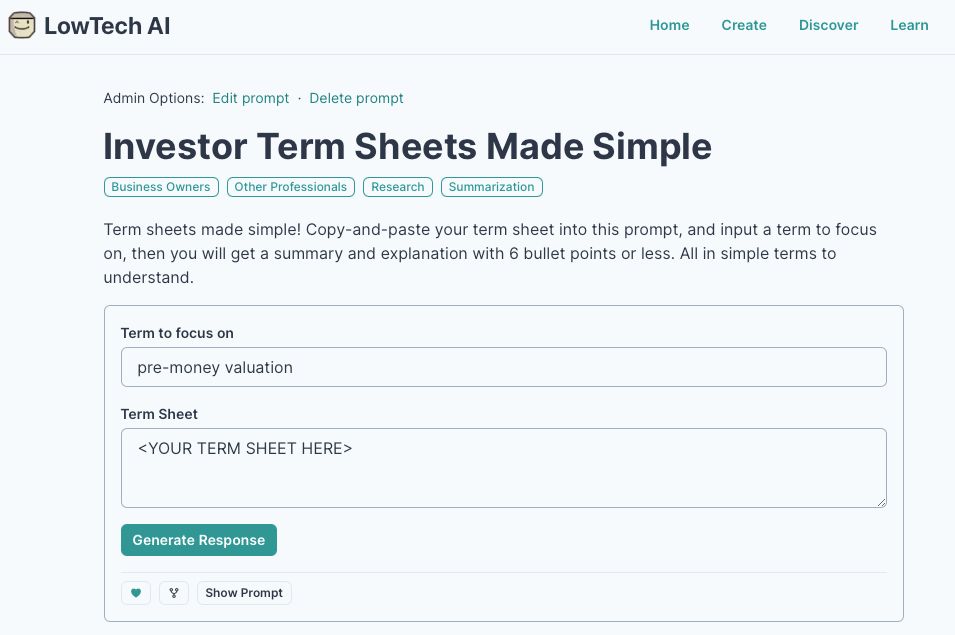How To Start a Company Using AI: Summarisation
by Matthew Collins on Jun 12th, 2023

Welcome
Welcome to the first article in the series “How To Start a Company Using Artificial Intelligence”. This article explores how artificial intelligence (AI) can be used to summarise large amounts of complicated text into meaningful insights to help you on your journey of becoming an AI-empowered startup founder!
Introduction
The release of ChatGPT by OpenAI (a US AI research laboratory) on November 30th 2022 sent shockwaves throughout the world. That’s a big statement, yet research from Swiss investment bank UBS confirmed that ChatGPT is indeed the “fastest-growing consumer application in history” (1), with the AI-enabled bot surpassing 1 million users in only 5 days (for reference, it took Instagram 2.5months).
AI has been thrusted into news headlines, research, and company strategies, all while the world rides an emotional rollercoaster of excitement, awe, and possible apprehension towards the technology. The technology behind ChatGPT, namely the use of Large Language Models (LLMs), has the distinctly powerful ability to interpret human language and dream up a variety of human-sounding responses to any prompt it has been given. In other words, AI is able to come up with (i.e. generate) creative answers to our questions.
Sounds cool, right? We now have this tool that can help us to think creatively about problems we want to solve! What’s left for us to figure out is a) what questions do we want to ask and b) how can these questions help us solve problems we care about? That is exactly the reason why I am excited by this new adventure that budding entrepreneurs can embark on. From asking questions about technological trends, to uncovering new go-to-market strategies, there is an abundance of questions to help inform business decisions and find solutions to problems we want to solve. Excitingly, the answers to these questions can come from a very creative AI-cofounder that is always travelling with you on your entrepreneurial journey. Aspiring founders can now dream of amazing startups alongside their new cofounder. It’s a founding team that’s ripe for success.
This article series “How To Start a Company Using Artificial Intelligence” explores how you can make the most of AI tools on your journey to becoming an AI-empowered startup founder. This article that you are reading now explores how artificial intelligence (AI) can be used to summarise large amounts of complicated text into meaningful insights. Along the way, we’ll uncover useful prompts for you to try out. Check out the article’s “menu” below - there is something on the menu for everyone!
On the menu:
- Beginner: Summarise the steps to launch a startup
- Advanced: Summarise a venture capital term sheet
Summarise the steps to launch a startup
Tldr; find the steps to start your startup here!
First up: how to start! The road from thinking of that amazing idea in your head to creating a living-and-breathing company is long and winding. Attempting to visualise the journey ahead is enough to discourage possible entrepreneurs from even beginning.
Let’s bring in our AI-cofounder. The goal here is to make it easier for aspiring founders to know the steps that are involved in bringing their idea to life. We want the output from the AI to show us steps and information that we can use to begin taking action and get the ball rolling on our idea.
Consider the following example: I love hoagies. In my travels around the world, I have had the opportunity to sample some delicious (and eccentric) hoagies. I believe that my town in the United Kingdom would really enjoy hoagies that I have had the pleasure of indulging in. Therefore, I want to start a hoagie deli in my town. Unfortunately, I’m not sure where to begin…I only have £1000 that I’m able to commit to this idea, and I’m not sure how to spend it. Not only that, I don’t know what the first step to take is, nor do I know what timeline everything could take. Or, if I do know some steps, the process feels overwhelming, and I want to make sure I don’t miss anything. It would be great if I could see the steps that I need to follow to bring my hoagie deli into existence!
So what’s important here? To get the best steps possible for this hoagie deli, we need to know 3 things: 1) the problem / idea to be solved, 2) where the company will be founded, and 3) how much funding do we have to pursue this idea. Let’s use these 3 pieces of information as inputs to our AI-cofounder so that we can get the best advice possible.
What about outputs? Well, we care about the steps we need to follow, and also how much and how long each step will take to complete. If we know this information, we’ll know exactly how to start making our hoagie deli a reality.
Let’s give it a try! (You can try out the prompt I’m using on LowTech.ai here)

As you can see, on LowTech.ai I only need to enter the information I care about most. In this case, I want to know the 10 steps to create my hoagie deli in the UK with £1000 of starting funds.
The response:
Title: Launching a Hoagie Sandwich Startup in the United Kingdom
Step 1: Market Research
Description: Conduct market research to understand the local food market and identify the target audience for your hoagie sandwiches. Analyze competitors and gather information on their price range and offerings to develop a unique selling proposition.
Resources: Google Trends, local market data, competitor websites, customer surveys.
Estimated time: 1 month
Estimated cost: £100
Step 2: Developing a Business Plan
Description: Create a detailed business plan outlining the business structure, sales and marketing strategy, funding requirements, and estimated revenues and expenses for the first few years of operation.
Resources: Business plan templates (e.g., Bplans, Entrepreneur, SCORE)
Estimated time: 2 weeks
Estimated cost: £0 (DIY)
Step 3: Raising Funds
Description: Prepare a pitch for potential investors, such as friends and family, seek loans from banks, or explore crowdfunding platforms like Kickstarter or Indiegogo.
Resources: Kickstarter, Indiegogo, local banks, UK government startup loans
Estimated time: 1-2 months
Estimated cost: Varies depending on the route taken (aim to raise an additional £5,000 to £10,000)
Step 4: Registering the Business
Description: Register your business with Companies House, obtain an Employer Identification Number (EIN), and set up a business bank account.
Resources: Companies House, UK government business registration website
Estimated time: 2 weeks
Estimated cost: £50 (for Companies House registration)
Step 5: Obtaining Necessary Licenses and Permits
Description: Apply for necessary licenses and permits, such as a food business registration, food hygiene certificate, and public liability insurance.
Resources: Local council food business registration, Food Standards Agency for food hygiene certificates, insurance providers
Estimated time: 1 month
Estimated cost: £500
Step 6: Finding a Location
Description: Secure a location to sell your hoagie sandwiches, such as a food stall or kiosk in a high foot-traffic area or a mobile food van.
Resources: Local council websites for food stall bookings, food truck rental companies
Estimated time: 1-2 months
Estimated cost: £1,000 for initial setup
Step 7: Purchasing Equipment and Supplies
Description: Purchase necessary equipment, such as sandwich making tools, a refrigerator, a cash register, and initial inventory of ingredients.
Resources: Restaurant supply stores, wholesale food suppliers
Estimated time: 1 month
Estimated cost: £3,000
Step 8: Hiring Employees
Description: Create job listings for part-time or full-time employees, screen and interview candidates, and provide necessary training.
Resources: Online job platforms (e.g., Indeed, Glassdoor), local newspaper ads
Estimated time: 1 month
Estimated cost: £500 for initial recruitment costs
Step 9: Marketing and Promotion
Description: Develop promotional materials, such as flyers and social media content, and implement marketing strategies, like a launch event or loyalty rewards program.
Resources: Canva (DIY design), local printing companies, social media platforms
Estimated time: 4 weeks
Estimated cost: £500
Step 10: Launch the Startup
Description: Open your hoagie sandwich startup and execute your marketing strategies to attract customers and generate sales.
Resources: Social media, local press releases, launch event planning
Estimated time: 2 weeks
Estimated cost: £500 (for launch event and promotion)
Awesome! We got 10 detailed steps to go about creating our hoagie deli. Even better, the output provides us with some resources for each step to guide us in the right direction. Notice how the output even formatted the cost to be in the currency of our desired country, as well as giving country-specific resources (e.g. Food Standards Agency, Companies House). A nice touch that makes our prompt even more relevant to our context.
You can try out this prompt on LowTech.ai: https://lowtech.ai/matthew/10-steps-to-launch-your-startup
Summarise specific terms on a term sheet
Tldr; simplify your VC term sheets here!
To quote Paul Graham, founder of US technology startup accelerator Y Combinator, “raising money is the second hardest part of starting a startup” (2). That said, it is such a vital piece of the puzzle in bringing your vision to life! From hiring top staff, to renting office space, the initial “seed” capital is the essential oxygen to keep your startup growing.
As part of fundraising, you will inevitably encounter a term sheet. As defined by Investopedia, a term sheet is a “nonbinding agreement that shows the basic terms and conditions of an investment” (3). For our purposes, the term sheet lays down the details of the capital investment our startup would receive from venture capitalists (VCs). Although the trend has been for VC firms to make term sheets shorter with clearer definitions (4), some can stretch out to over a dozen pages, within which specific terminology to cover technicalities is unavoidable. For a first-time founder, this can be quite daunting; there is a lot of jargon to understand and a significant amount of content to absorb! Yet the stakes couldn’t be higher - this document serves as the basis for your investor agreements going forward!
Thankfully, our AI-cofounder is highly adept at processing large volumes of information and comprehending it all. In fact, you could input a 6000 word prompt into OpenAI’s GPT-4, and the AI would be able to understand everything you entered (5) (for reference, this whole article has only been ¼ of that so far!). Sounds perfect for summarising our lengthy term sheet documents.
As alluded to above, the term sheet has an abundance of terms to dissect through. Consider the following image taken from a term sheet template provided by National Venture Capital Associations (6). On it, we have key terms such as the Conditions to Closing, the Investors, and the Pre-Money Valuation. It is likely that we have a specific term that we want to summarise.

To simplify this summarization process, I am utilising LowTech.ai’s Investor Term Sheet Simplifier tool to input my term sheet and summarise a specific term (check out the prompt here). It really is as easy as entering in a relevant term that you want to focus on, and then pasting your term sheet into the larger text box beneath. Your AI-cofounder will gracefully handle all the grunt work of interpreting the text entered, and output a nicely-formatted summary for you, presenting no more than six bullet points at a time. For example, enter “pre-money valuation” as the term to focus on, and you will get the specific information relating to valuations all in one bulleted list. Faster insights means faster decisions!

Conclusion
Generative AI is an extremely powerful tool, such that half the challenge lies in determining how to harness its power most effectively. In this article, we explored the summarisation capabilities of Large Language Models by presenting two use cases that are of benefit to startup founders in the AI age. The potential for AI to serve as a 'cofounder' on your entrepreneurial journey means that a vast playground will open up for rapid ideation and exciting innovation. Tools, like those shared on LowTech.ai, exist to help you maximise the potential of your AI-cofounder by guiding you through the creative process, ultimately enabling you to become an AI-empowered founder.
In future articles, we will explore additional aspects of the AI-driven entrepreneurial journey. I hope that you enjoy experimenting with AI’s summarisation abilities. I’m off for a hoagie.
In the meantime, here are 10 steps to start your company with AI: check it out!
mc
As a general disclaimer, these AI systems are nondeterministic (i.e. if you enter the same thing twice, you will likely get different results). On one hand, the probabilistic nature of LLMs is a significant advantage for exploring an abundance of creative possibilities. On the other hand, it is always worthwhile to double-check the content that your AI-cofounder is generating; if it is not to your liking, do not fear, simply try again.
Bibliography
1. https://www.forbes.com/sites/cindygordon/2023/02/02/chatgpt-is-the-fastest-growing-ap-in-the-history-of-web-applications/
2. http://www.paulgraham.com/fundraising.html
3. https://www.investopedia.com/terms/t/termsheet.asp
4. https://www.svb.com/startup-insights/vc-relations/venture-capital-term-sheets
5. https://platform.openai.com/docs/guides/gpt/chat-completions-vs-completions
6. https://nvca.org/model-legal-documents/